
DDD Blog
Our thoughts and insights on machine learning and artificial intelligence applications
Welcome to Digital Divide Data’s (DDD) blog, fully dedicated to Machine Learning trends and resources, new data technologies, data training experiences, and the latest news in the areas of Deep Learning, Optical Character Recognition, Computer Vision, Natural Learning Processing, and more.
For Artificial Intelligence (AI) professionals, adding the latest machine learning blog or two to your reading list will help you get updates on industry news and trends.
Get early access to our blogs

Video Annotation for Generative AI: Challenges, Use Cases, and Recommendations
This blog examines video annotation for Generative AI and outlines core challenges, explores modern annotation, highlights practical use cases across industries, and provides recommendations for implementing effective solutions.
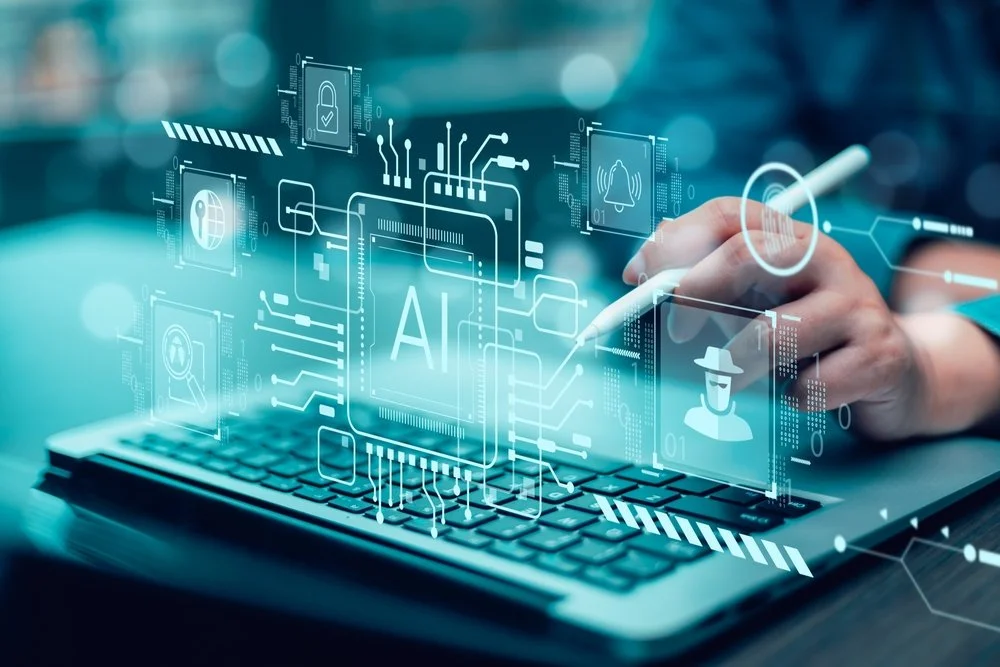
Real-World Applications of Polygon and Polyline Annotation
In this blog, we will explore the real-world applications of polygon and polyline annotation, examining how these techniques provide the precision and contextual detail necessary for industries ranging from autonomous driving to healthcare, geospatial mapping, infrastructure monitoring, and beyond.
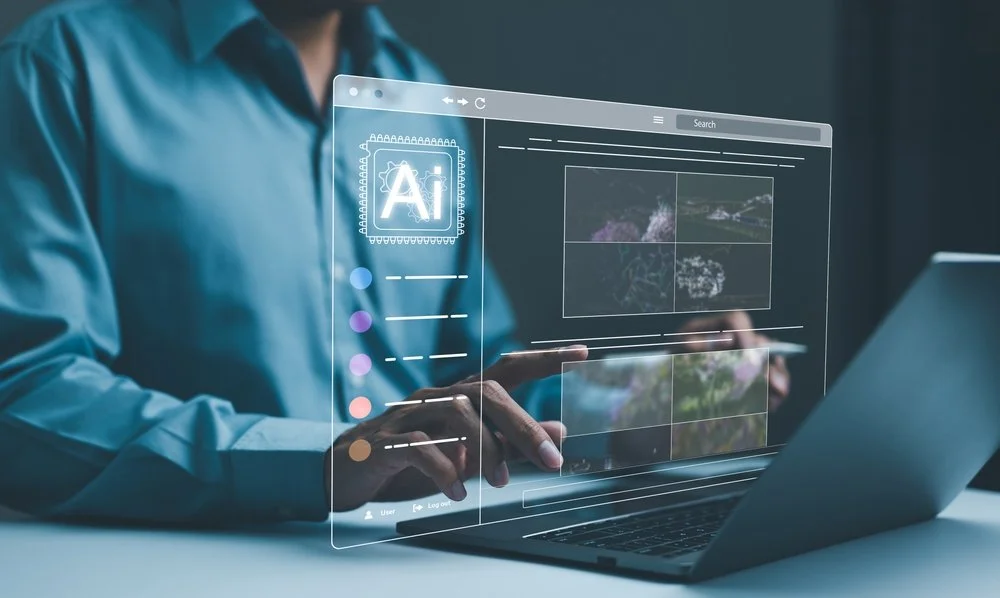
Advanced Image Annotation Techniques for Generative AI
In this blog, we will explore how advanced image annotation techniques are reshaping the development of Generative AI, examining the shift from manual labeling to foundation model–assisted workflows, associated challenges, and future outlook.
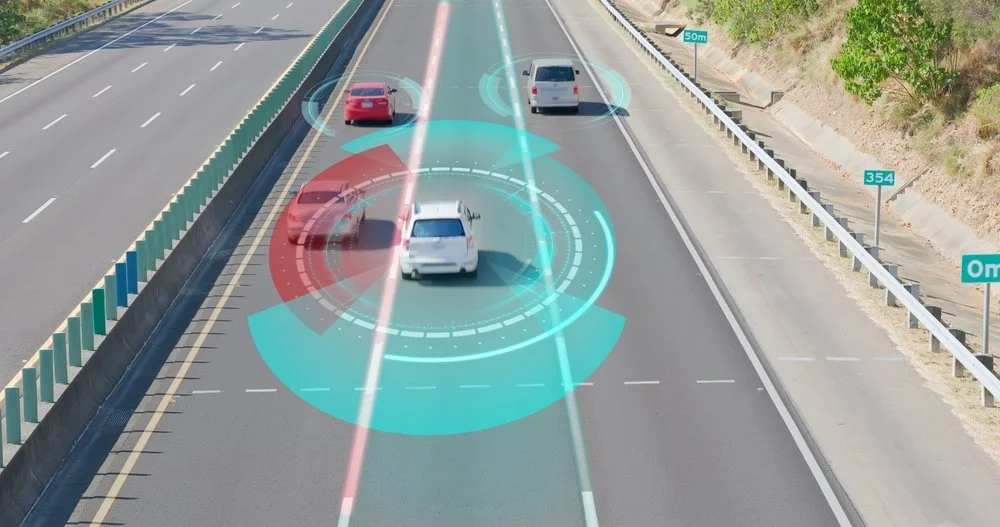
The Pros and Cons of Automated Labeling for Autonomous Driving
This blog explores automated labeling in the autonomous driving industry, examines the advantages of automation, the associated challenges, and best practices for building hybrid pipelines that combine automation with human validation.

How ISR Fusion Redefines Decision-Making in Defense Tech
In this blog, we will explore what ISR fusion is and why it matters, examine its advantages and the decision-making shifts it enables, and assess the challenges and risks that come with implementation.
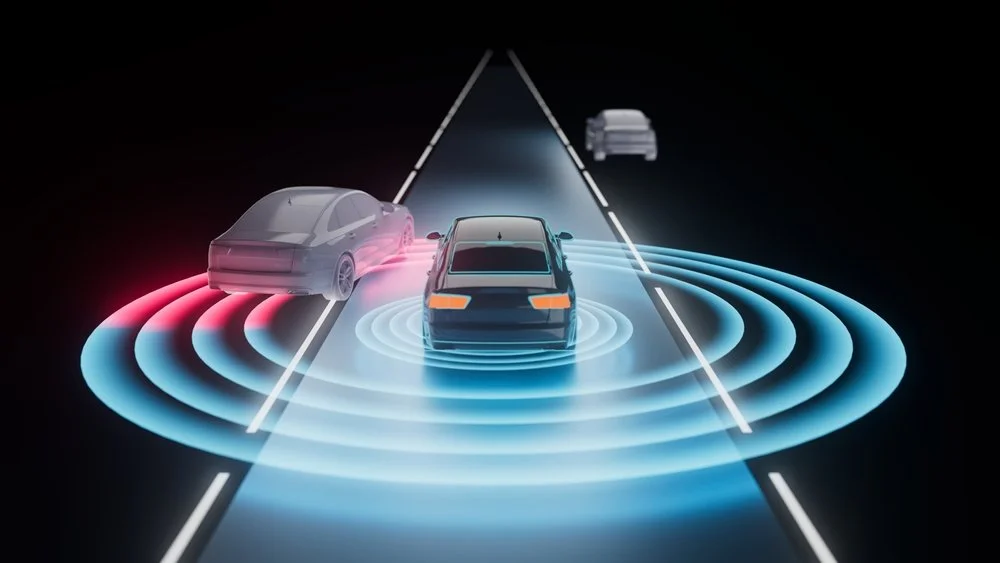
Sensor Fusion Explained: Why Multiple Sensors are Better Than One
In this blog, we will explore the fundamentals of sensor fusion, why combining multiple sensors leads to more accurate and reliable systems, the key domains where it is transforming industries, the major challenges in implementation, and how organizations can build robust, data-driven fusion solutions.

Cuboid Annotation for Depth Perception: Enabling Safer Robots and Autonomous Systems
In this blog, we will explore what cuboid annotation is, why it matters for depth perception, the challenges it presents, the future directions of the field, and how we help organizations implement it at scale.
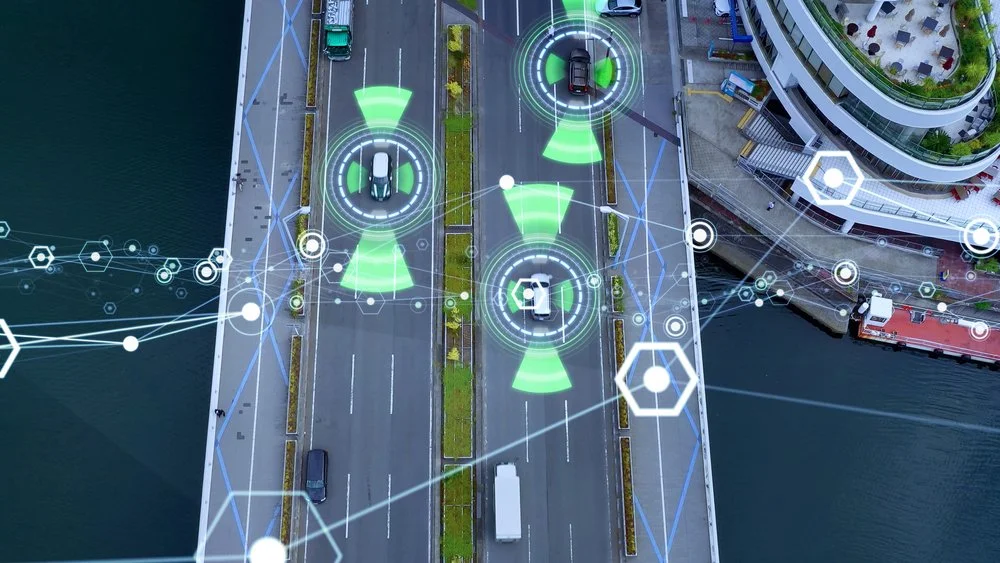
Long Range LiDAR vs. Imaging Radar for Autonomy
This blog will provide a detailed comparison of long-range LiDAR and Imaging Radar for Autonomy, examining their capabilities, challenges, and the role each is likely to play in the future of safe and scalable autonomy.

How Administrative Data Processing Enhances Defense Readiness
This blog explores how administrative data processing directly enhances defense readiness by creating clarity out of complexity. It examines the core capabilities that make it possible, the practical applications across defense operations, and the emerging trends that are reshaping the way data supports critical missions.
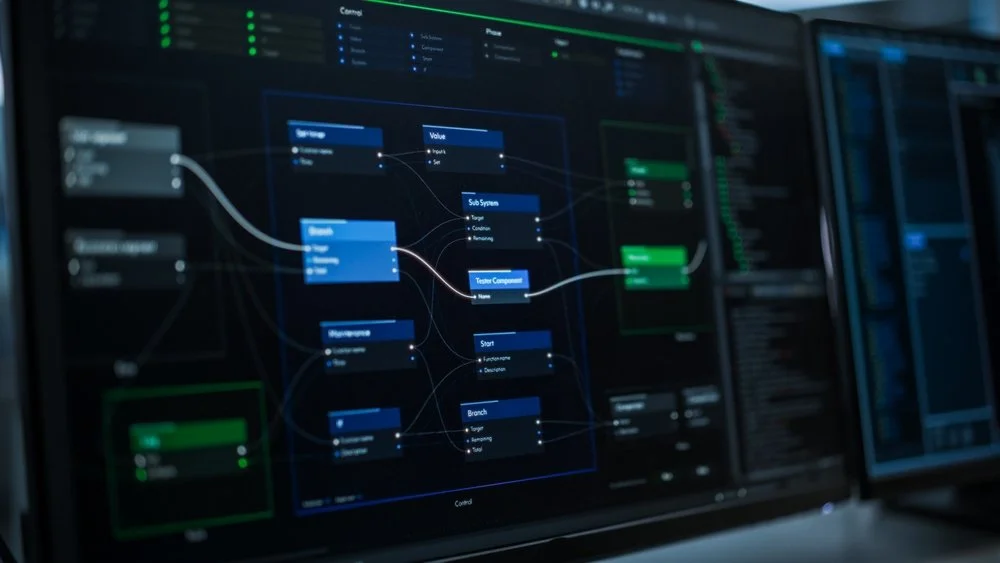
Major Challenges in Text Annotation for Chatbots and LLMs
In this blog, we will discuss the major challenges in text annotation for chatbots and large language models (LLMs), exploring why annotation quality is critical and how organizations can address issues of ambiguity, bias, scalability, and data privacy to build reliable and trustworthy AI systems.
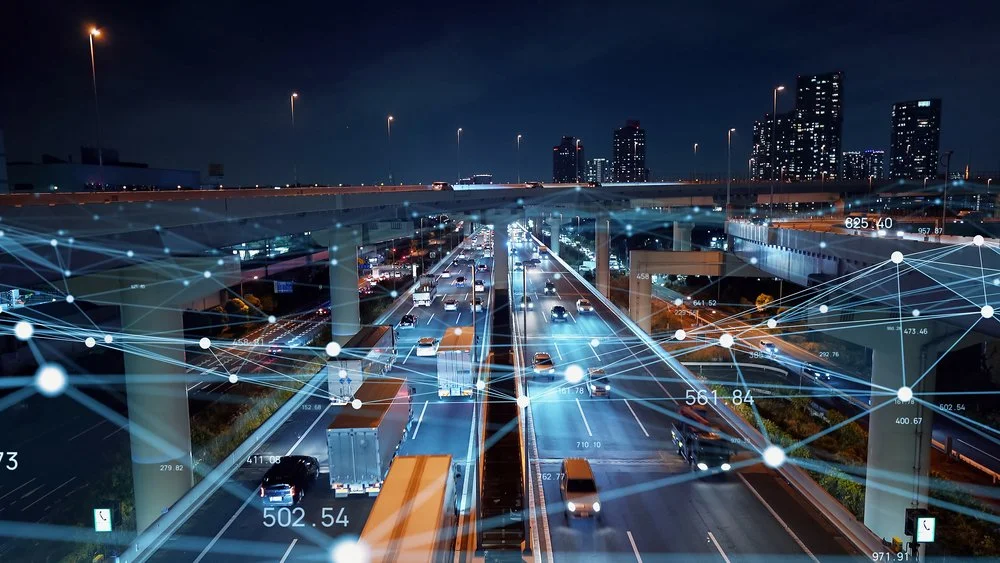
Leveraging Traffic Simulation to Optimize ODD Coverage and Scenario Diversity
In this blog, we will explore how traffic simulation strengthens the testing and validation of autonomous vehicles by expanding ODD coverage, increasing scenario diversity, ensuring relevance and realism, and integrating into broader safety pipelines to support safer and more reliable deployment.

Major Challenges in Large-Scale Data Annotation for AI Systems
This blog explores the major challenges that organizations face when annotating data at scale. From the difficulty of managing massive volumes across diverse modalities to the ethical and regulatory pressures shaping annotation practices, the discussion highlights why the future of AI depends on addressing these foundational issues.
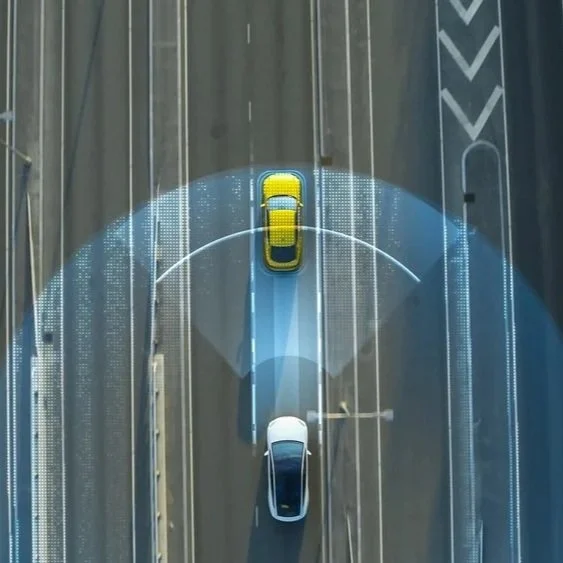
How Stereo Vision in Autonomy Gives Human-Like Depth Perception
In this blog, we will explore the fundamental principles of Stereo Vision in Autonomy, the algorithms and pipelines that make it work, the real-world challenges it faces, and how it is being applied and optimized across industries to give machines truly human-like depth perception.
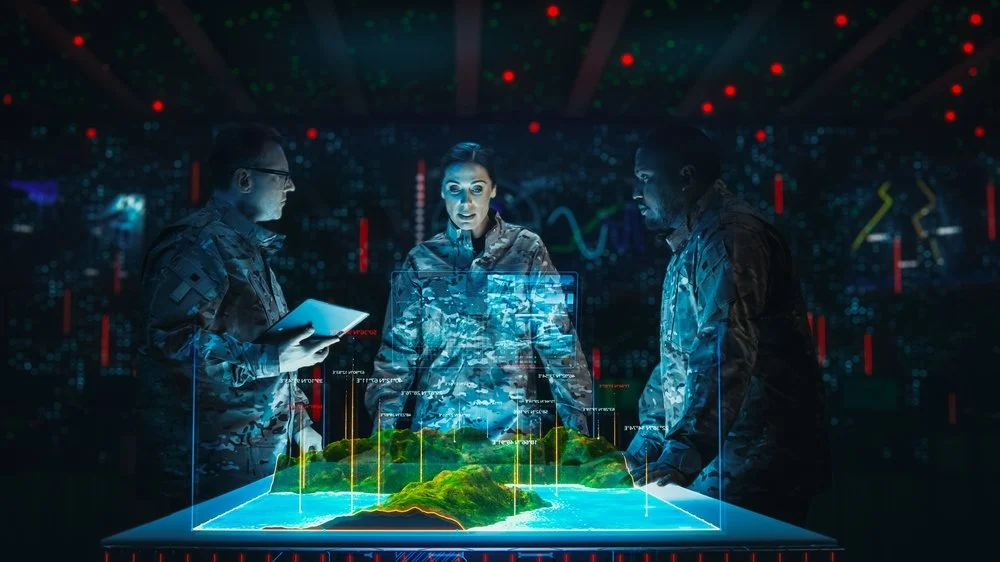
How Synthetic Data Accelerates Training in Defense Tech
In this blog, we explore how synthetic data accelerates training in defense tech by addressing data challenges, expanding applications across domains, and preparing AI systems for future operational demands.
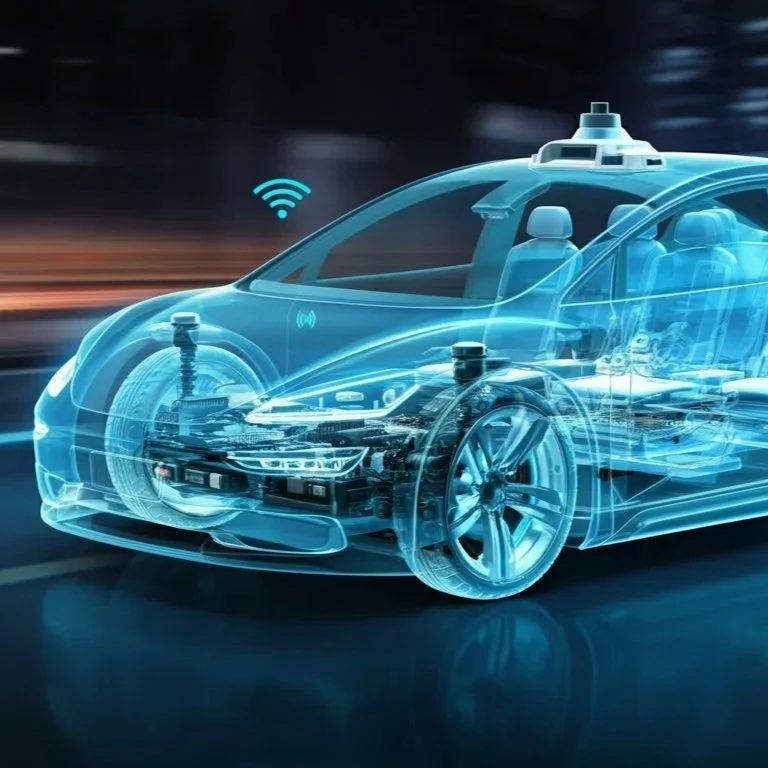
How Accurate LiDAR Annotation for Autonomy Improves Object Detection and Collision Avoidance
In this blog, we will explore how LiDAR annotation improves object detection and collision avoidance, the challenges involved, and strategies to improve accuracy.
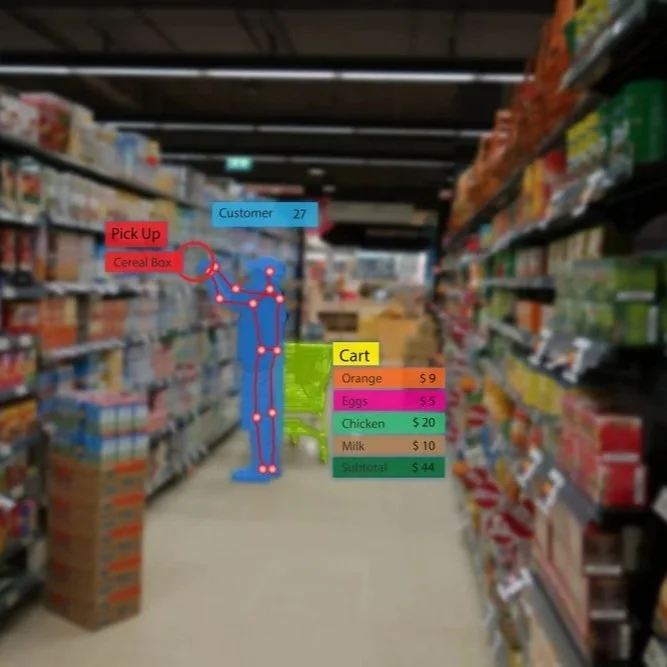
Real-World Use Cases of Object Detection
In this blog, we will explore how object detection use cases across industries such as retail, transportation, healthcare, manufacturing, agriculture, and public safety, highlighting the practical benefits, key challenges, and the role that high-quality data plays in successful deployment.
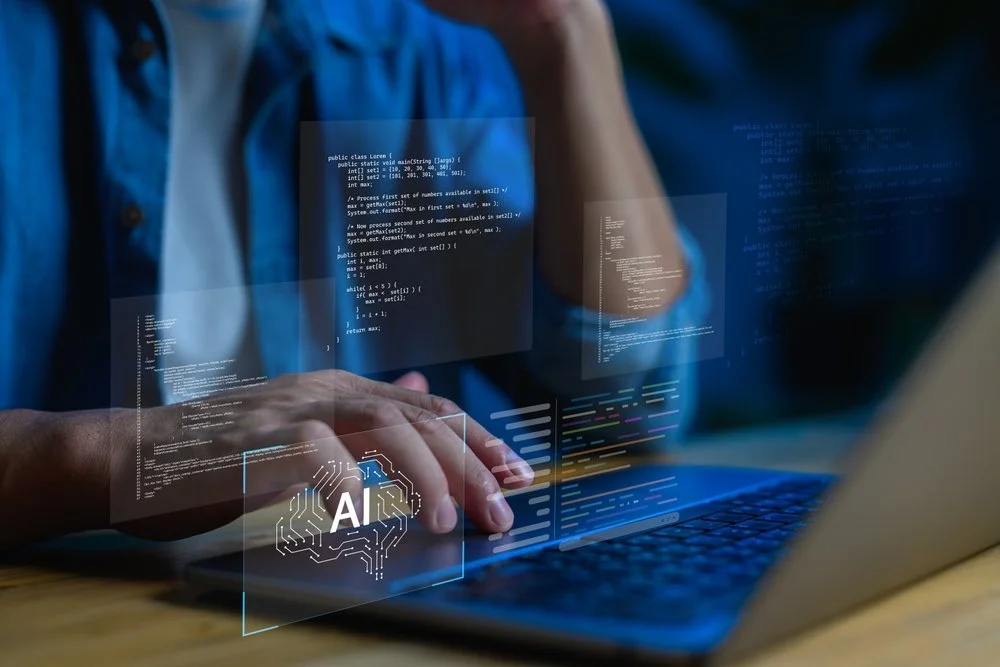
What Is RAG and How Does It Improve GenAI?
In this blog, we will explore why RAG has become essential for generative AI, how it works in practice, the benefits it brings, real-world applications, common challenges, and best practices for adoption.
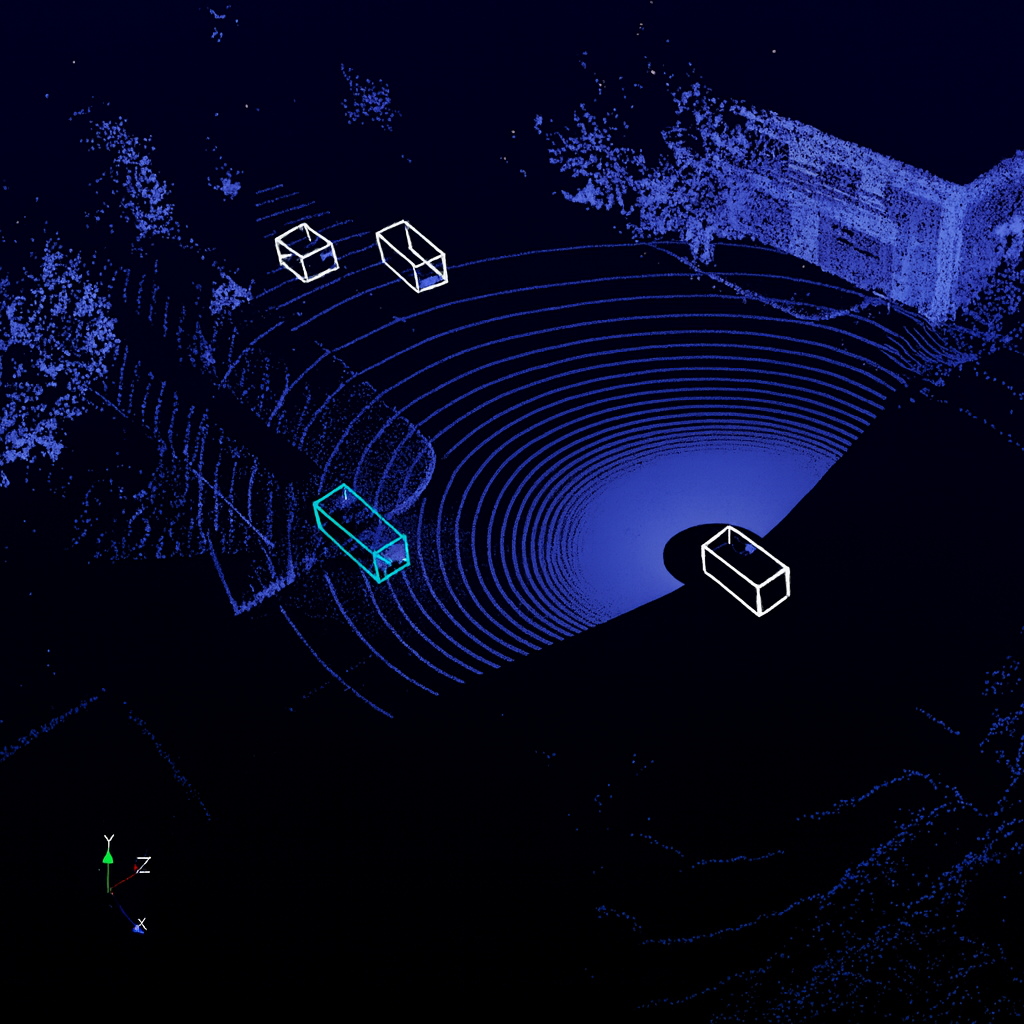
3D Point Cloud Annotation for Autonomous Vehicles: Challenges and Breakthroughs
This blog will explore why 3D point cloud annotation is critical to autonomous driving, the challenges it presents, and the emerging methods for advancing safe and scalable self-driving technology.
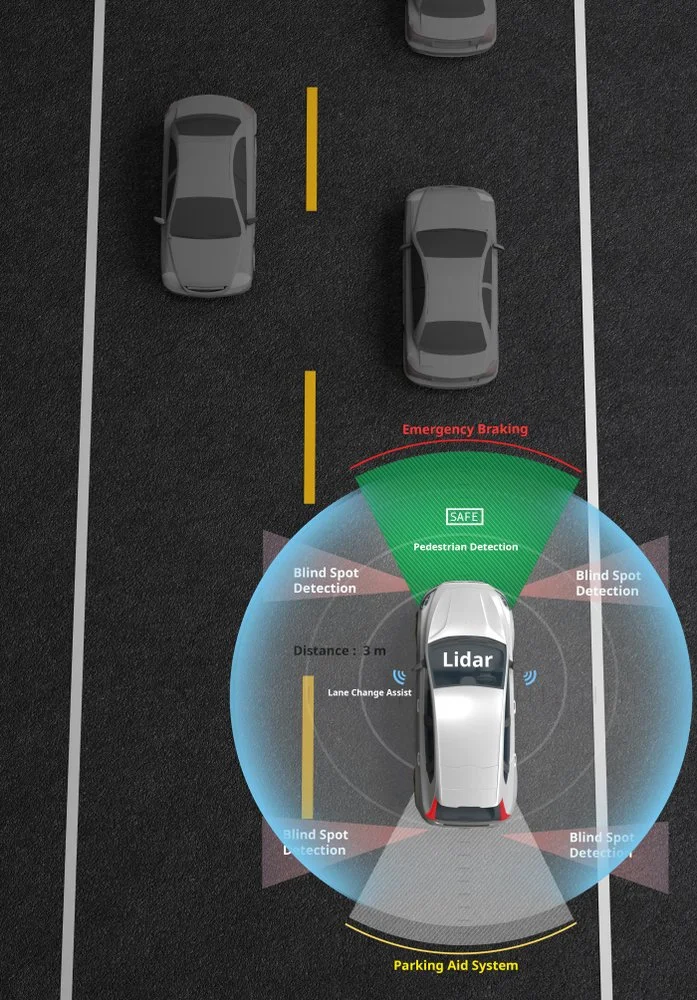
Challenges of Synchronizing and Labeling Multi-Sensor Data
This blog explores the critical challenges that organizations face in synchronizing and labeling multi-sensor data, and why solving them is essential for the future of autonomous and intelligent systems.

Active Learning in Autonomous Vehicle Pipelines
In this blog, we will explore how Active Learning can transform autonomous vehicle development pipelines, from addressing the challenges of massive, complex datasets to strategically selecting the most valuable samples for annotation.
Sign up for our blog today!







